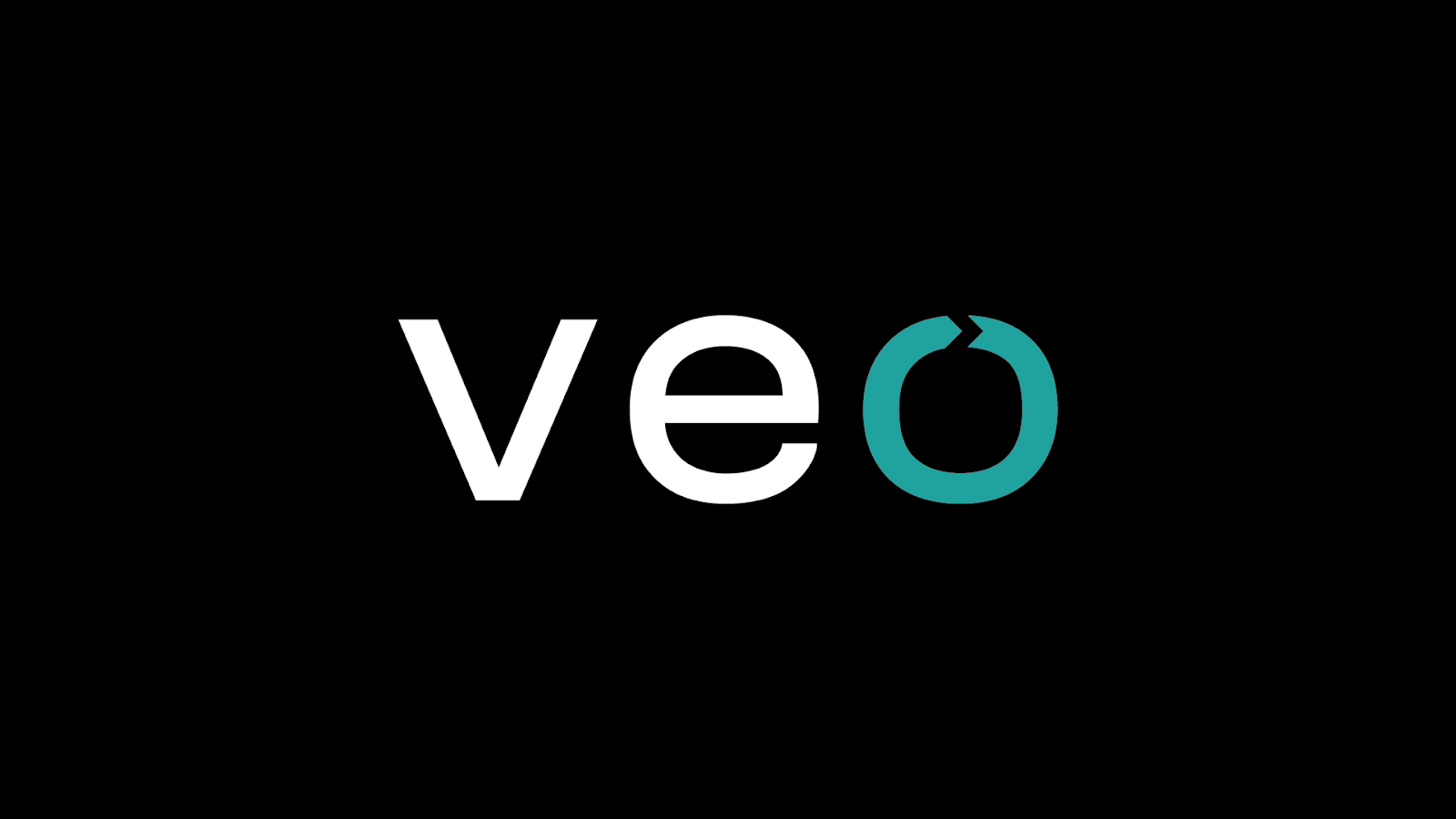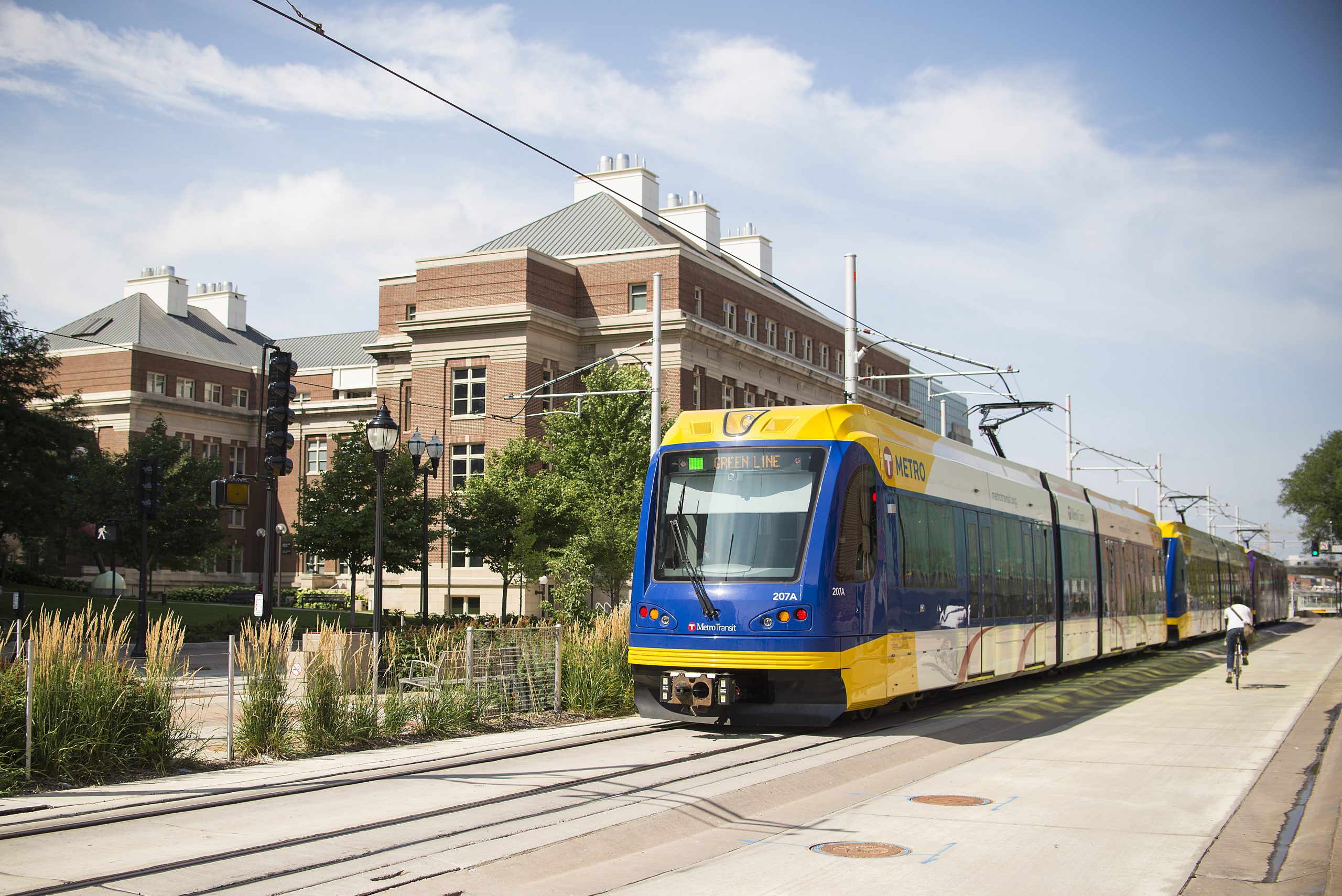
2024-10-03 02:05:03
There is growing momentum to improve transit in Minnesota, with legislation prioritizing transit funding, supporting metro-area expansion and studies for improved connections to regional hubs like Duluth and St. Cloud.
Even an ill-fated hyperloop proposal submitted a grant application to the Metropolitan Council for federal funding, aiming to connect the Twin Cities and Rochester and showing how thinking unrealistically distracts from policies that — along with transit investments themselves — will actually connect us better. (Our own Ian Gaida recently delved into the “throne of lies” that is hyperloop hype, as well.)
For Minnesota to make the most of its ongoing transit and multi-modal investments, it’s time to see a universal mobility wallet to make it easier and more affordable for Minnesotans to get around — and to use transit more often to travel between the metro area and some of the state’s larger population centers.
What Is a Universal Mobility Wallet?
A universal mobility wallet is a single pass that could be used to add value for a variety of transit and mobility services. In the U.S., these policies largely focus on universal basic mobility, such as an ongoing program pilot in L.A. County aimed at providing a mobility subsidy to low-income residents across a variety of modes. This means residents can get assistance for the cost of transit, carshare, scooters and bikes, and even purchases at bike shops and other mobility-supporting services or products.
Other cities like Oakland, Bakersfield and Stockton, California, and Pittsburgh, Pennsylvania, have also piloted these policies for low-income residents. L.A. is even considering scaling the proposal to meet mobility needs when the city hosts the 2028 Olympic games, showing promise for integrating transit payment.
In global cities, such as Taipei and Singapore, the framing of these policies focuses more on modal integration and universal fare subsidies. Cities have created passes that promote mixed transportation options that work together, by having a single payment platform usable across all modes of public transportation in their cities. This includes rail and bus transit, bike share and other shared modes — even if these systems are run by different operators.
A Minnesota universal mobility wallet could be a single payment system for all public and shared transportation statewide. It could work across different transport types and operators, offer monthly passes or pay-as-you-go options and could be a platform to provide subsidies to low-income riders.
What Is the Landscape of Transit in Minnesota Today?
Today across the state, many transit and mobility organizations provide transportation services to Minnesota communities, with a focus, of course, on serving larger population centers such as the Twin Cities, Duluth and Rochester.
In the metro, Metro Transit, the state’s largest transit agency, operates local buses, bus rapid transit (BRT), two light-rail trains and the Northstar commuter rail. Metro Transit saw 45 million rides in 2023, up 16% from 2022. This included 30 million bus and BRT rides (+14%) and 14.7 million light rail rides (+19%). Average weekday ridership was 136,893, marking the second year of growth after pandemic declines. The recent Network Now effort seeks to continue this rebound and more suburban transit is also a priority.

Other metro-area services include Metro Mobility, a shared-ride service for riders who are unable to use regular fixed-route buses due to a disability or health condition, and suburban commuting bus operators like SouthWest Transit, Maple Grove Transit, Plymouth MetroLink and Minnesota Valley Transit Authority.
Other options like HourCar, Evie’s electric carshare, and bike or scooter share services from Lime and Veo also help people move around.
Beyond the metro, the Minnesota Department of Transportation (MnDOT) states that public transit ridership in Greater Minnesota reached 7.2 million in 2022, the highest since 2020, showing recovery from the pandemic-induced decline. While still well below the 2025 target of 17 million trips, ridership increased due to factors such as more licensed drivers, restored routes, return to in-person work and education, and reduced COVID concerns.
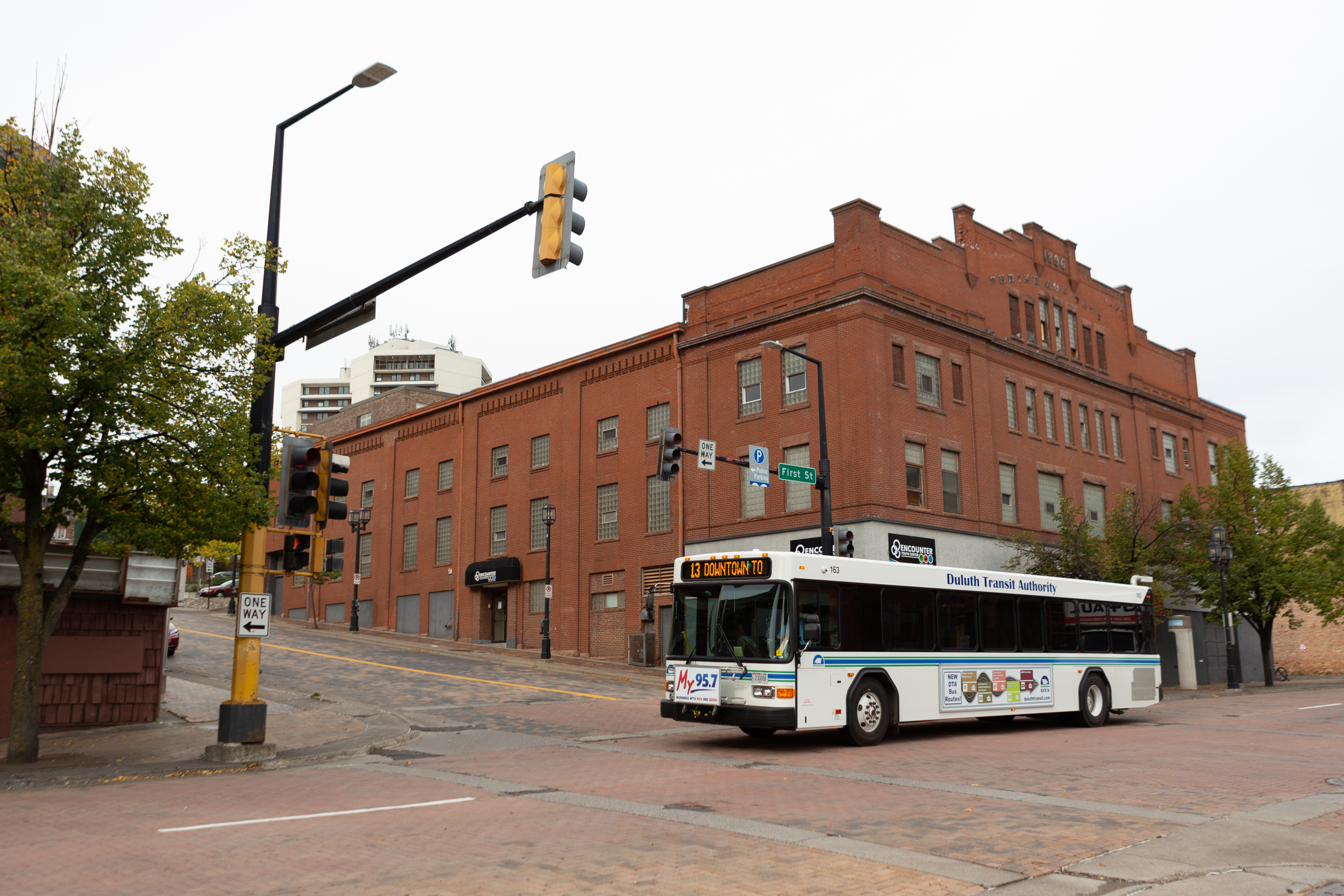
Among the largest greater Minnesota systems are Duluth, Rochester, Mankato and St. Cloud’s systems.
Minnesotans today pay for transit with a patchwork of payment systems specific to each agency. Here are Minnesota’s largest operators and their payment platforms:
| Transit Agency | Payment Method(S) |
|---|---|
| |
cash, Go-To Card, mobile app ticket day passes available monthly passes not available |
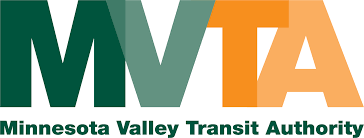 |
Go-To Card, cash or other Metro Transit regional pass |
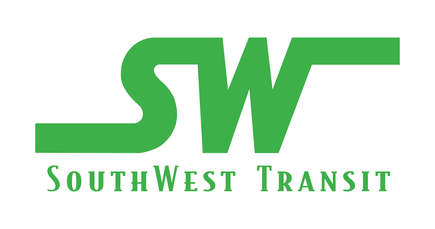 |
Go-To Card or cash weekly and monthly passes available |
| |
Payment through mobile app |
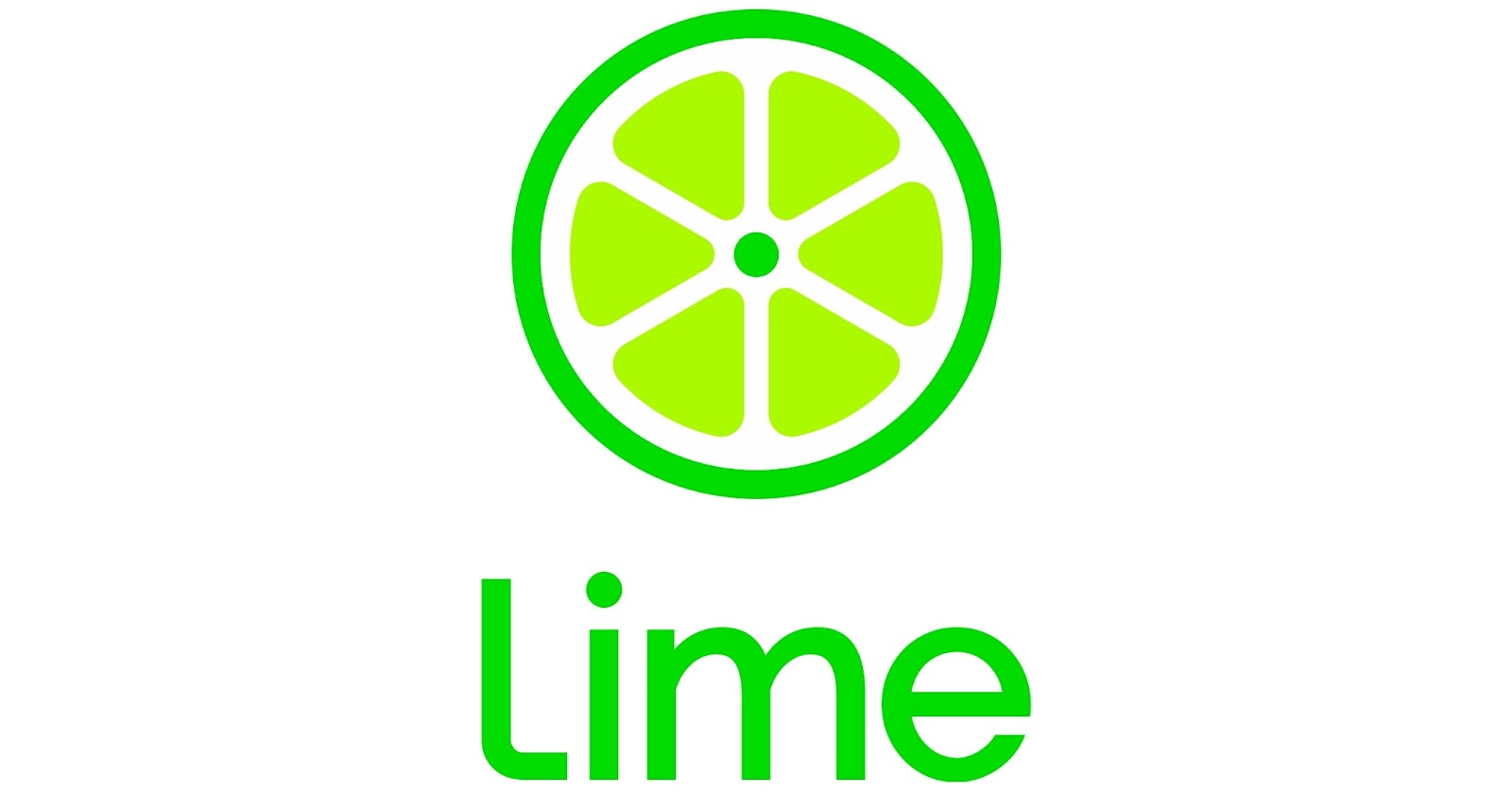 |
Payment through mobile app |
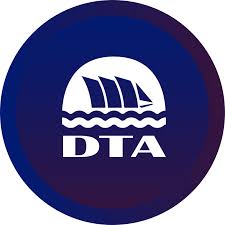 (Duluth) (Duluth) |
cash, EZ Card day passes and monthly passes available |
 |
cash, EZ Card day passes and monthly passes available |
| |
Smart Ride Card, cash, mobile app ticket day, weekly, and monthly passes available |
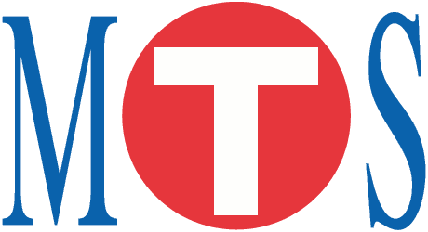 (Mankato) (Mankato) |
cash, or pre-purchased Bus Pass MavCARD for university students and staff day, 15 day, and 30 day passes available |
What Could a Universal Mobility Wallet Do for Minnesotans?
A universal mobility wallet would provide Minnesotans with a statewide integrated payment platform across all modes of public and shared transportation, instead of purchasing from a variety of operators.
This theoretical universal mobility wallet could significantly improve mobility integration in the metro, allowing riders to seamlessly use various services — public transit, car-sharing and bike/scooter-sharing — with one payment method. This has the potential to benefit transit-dependent users and enhance overall urban mobility.
Riders who can use a pass between transit and bikes and scooters have the biggest potential to change how people use transit in the Twin Cities. Being able to seamlessly and affordably transfer to these micro-mobility modes could potentially — at least during warmer months — solve the “first and last mile” problem of getting people from transitways to their destinations. This means a downtown worker commuting could use transit to get close to their destination and finish the “last mile” on a bike or scooter using the same pass, potentially even treated as a transfer.
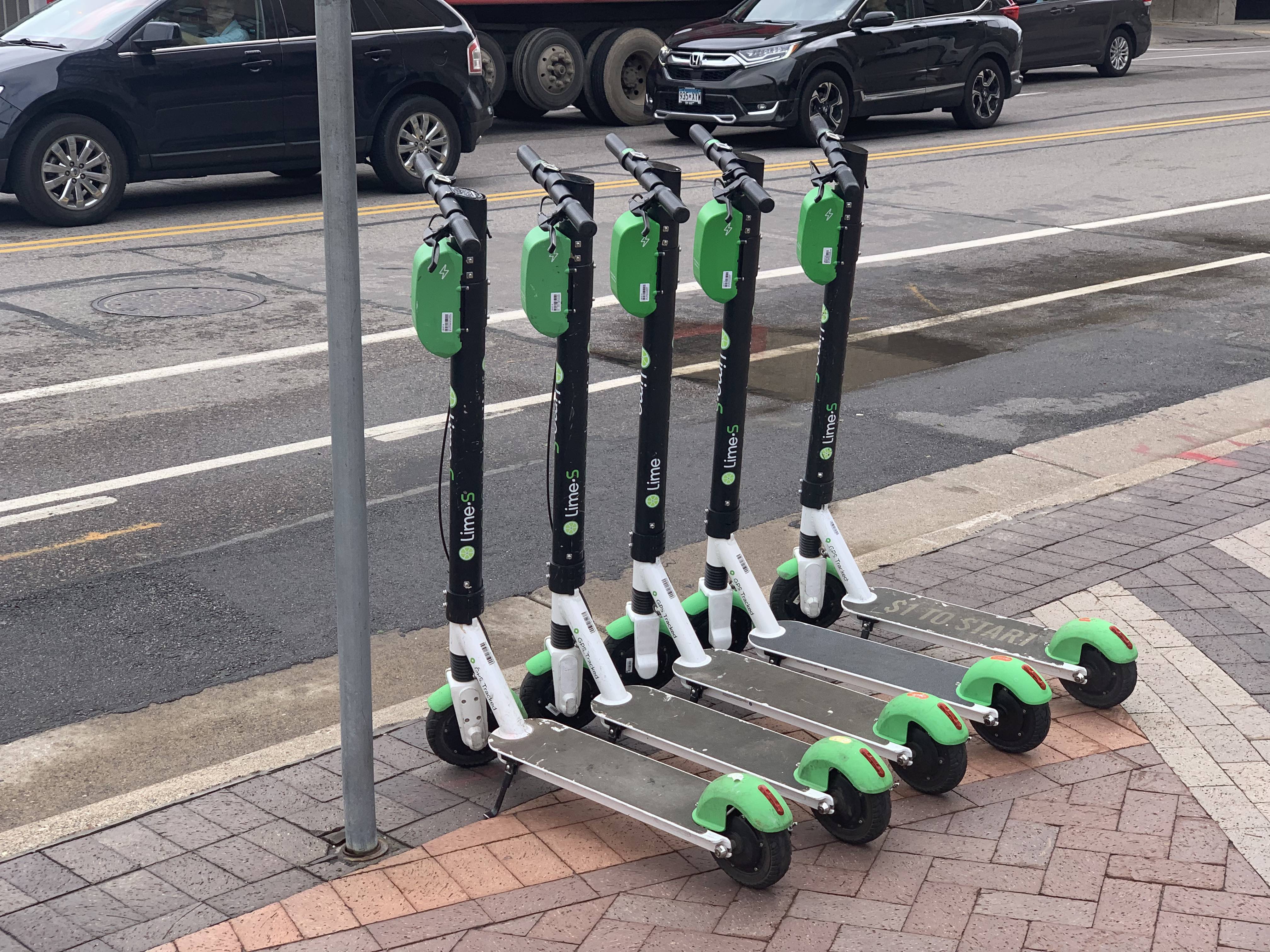
Beyond the metro, a universal mobility pass would complement planned transit expansions connecting the Twin Cities to other communities across the state. If direct transit links connected Rochester, St. Cloud, Duluth, Mankato and other cities and towns to the metro region, a single payment platform could make travel on both ends seamless instead of having to purchase fares across different places and platforms.
This concept has been studied in other Midwest regions, including in Chicago where the regional planning authority highlights the gaps in fare integration that discourage transfer between modes and across regional transit systems.
Other potential benefits include ease of data collection. If payment was handled by a universal mobility wallet, we could gain significantly better insights on how people use transit modes as a network, measuring how people use different services together to reach their destination across modes and operators. Providing transit subsidies would also be easier, and could allow low-income Minnesotans greater statewide mobility if these reduced fares served them wherever they are in the state. This is particularly important as even recently, agencies have had issues connecting low-income riders to fare subsidies.
Lessons for Minnesota
Minnesota is not Taipei, or L.A., or any other global or national example. But we can gain valuable lessons from these examples.
The universal mobility wallet approach challenges us not to think of our transit network as a collection of separate operators but as part of a larger mobility system of complementary services and modes. If we’re committed to making multi-modality work across the state, we need to both expand service and enhance companion policies that make it easier and more affordable for people to use transit.
A universal mobility wallet for Minnesota could reduce transfer friction across transit systems, particularly for first- and last-mile solutions like bike and scooter shares, potentially offering discounted rates for multimodal transfers. This approach could also help provide subsidies and allow Tap and other program recipients to take advantage of more modes of transportation to meet their mobility needs.
While implementing such a program statewide would require extensive coordination among various agencies and operators, it could significantly simplify travel throughout Minnesota, especially as intercity connections improve.
